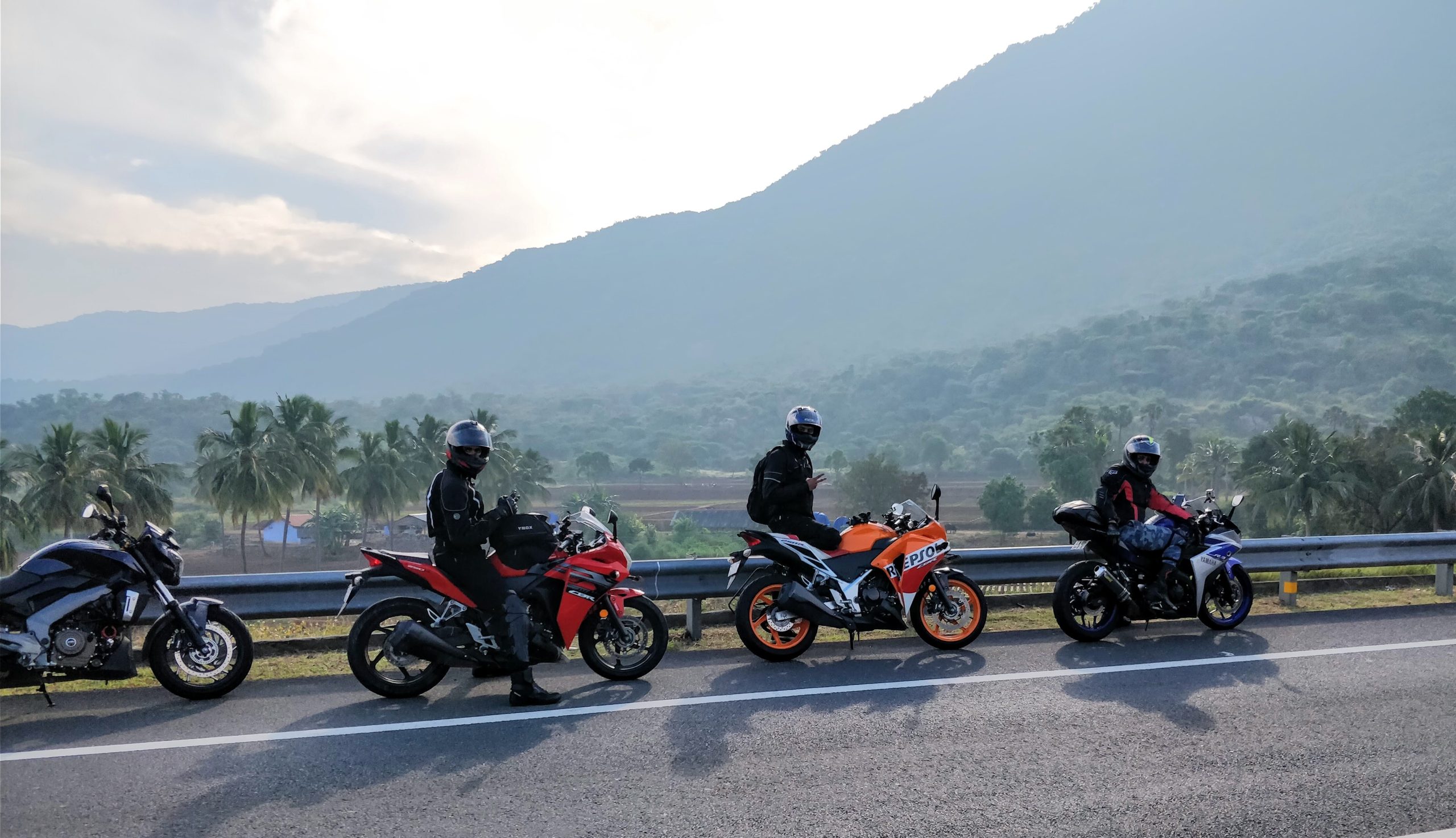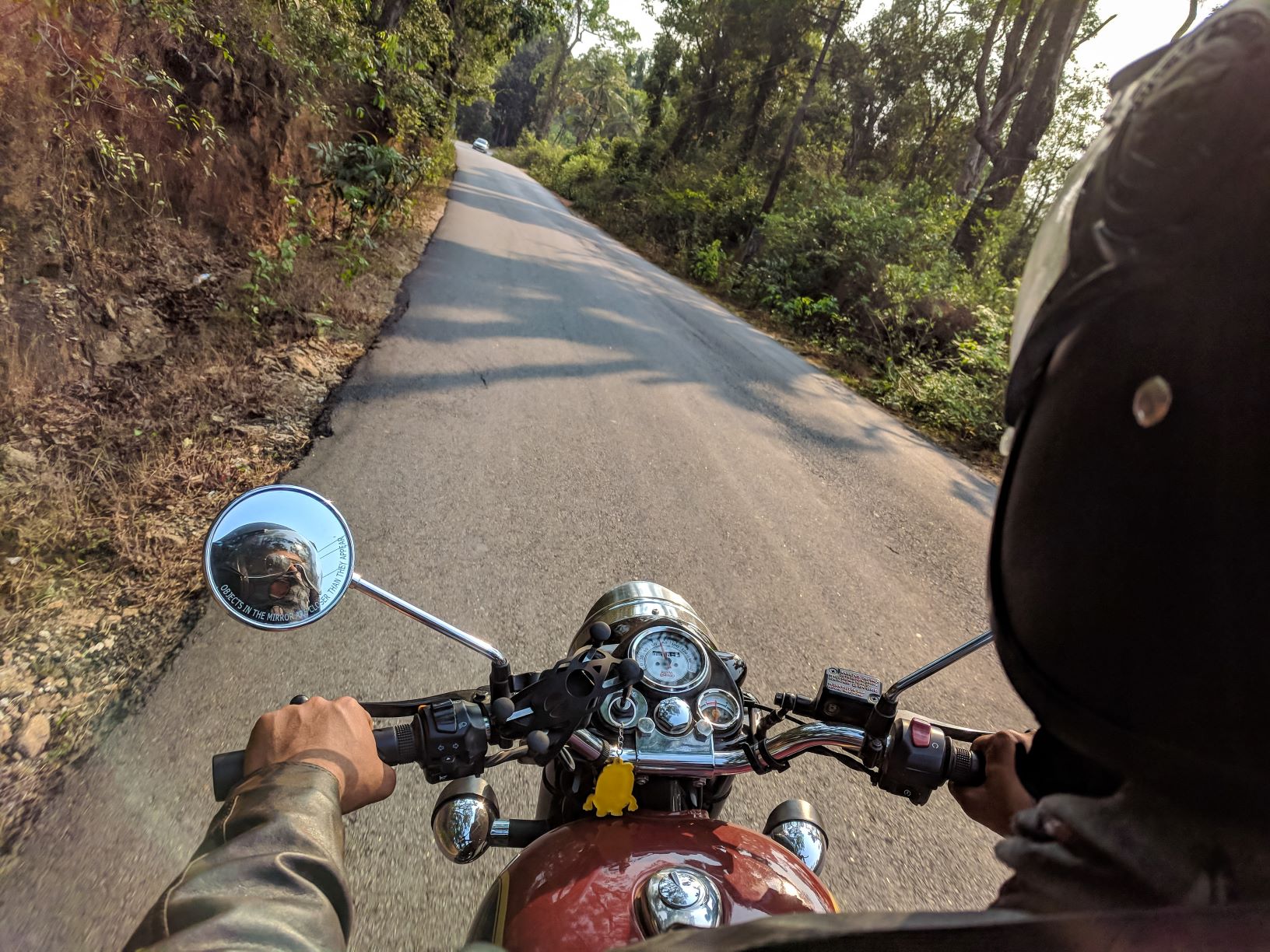As of June 15, 2023, 116 motorcyclists have died, 62 on weekends so far in 2023..
78% of motorcyclists who died did so on conventional roads.
57 motorcyclists died due to going off the road they were on, a type of accident in which no other vehicle is involved and in which a distraction or inappropriate speed is usually present.
It is a fact that with the arrival of good weather, motorcycle trips increase exponentially, especially on weekends when they become a recreational activity in itself.
For this reason, the General Directorate of Traffic carries out specific surveillance campaigns several times a year, in 2023 one of them this coming weekend and another in September, on the roads most frequented by motorists in order to control traffic. compliance with the most important regulations that affect motorcycle riding.
The number of motorcycle fatalities so far this year is above 2022 which makes the campaign that much more important.
The campaign, therefore, has the objective of trying to reduce fatal accidents involving this type of vehicle on weekends, for which the agents of the Traffic Group of the Civil Guard will disseminate the importance of respecting the rules and verifying that they are met.
EXTREME CAUTION: WEEKENDS AND CONVENTIONAL ROADS
Of the 345 people killed in traffic accidents up to June 15, 116 were motorcyclists (33.6%) and, of those 116, 78% (90 motorcyclists) died on conventional roads. If we take into account the data of motorists killed on conventional roads at weekends, this amounts to 53 people, almost half of the total.
Source: DGT.es


